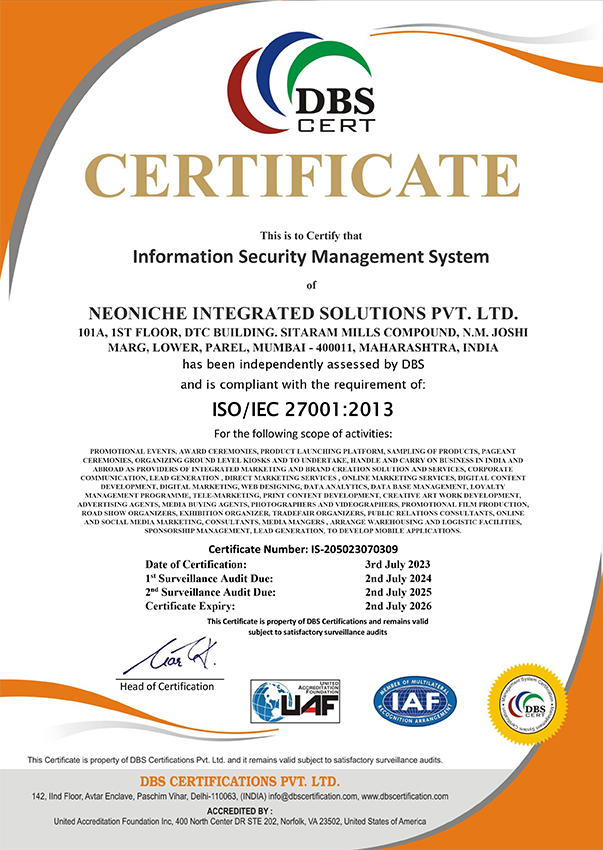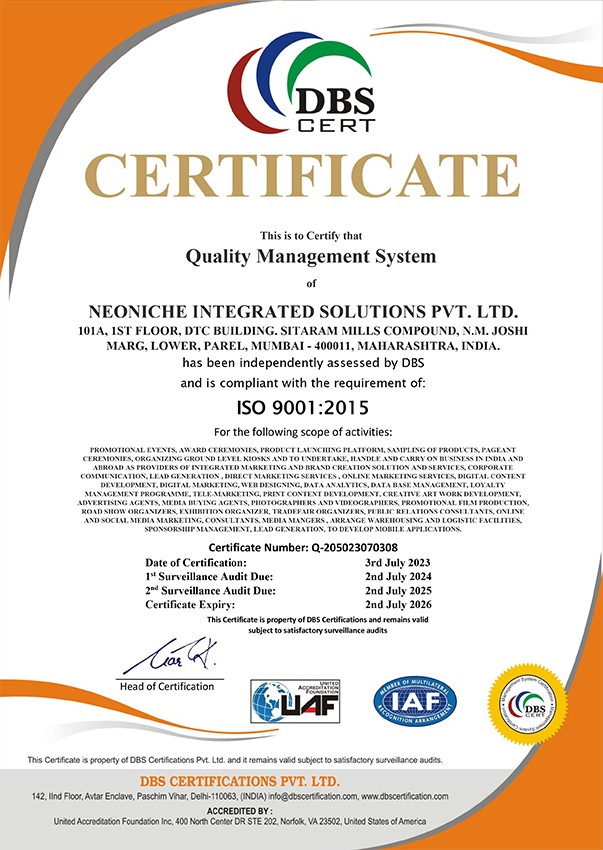With the rise in the widespread of the pandemic, everyone saw a rise in virtual events as a perfect alternative. Accessing a common platform from the comfort of your home and networking with peers or customers with mindful discussions became the new normal and still is as many organizations have opted for a permanent work-from-home practice for their employees. And that new normal is everyone’s normal owing to the benefits of sustainability and cost-effectiveness. So, what does it mean for the event industry and in-person events? The tech industry is moving closer to developing new technologies for virtual events, making it easier for anyone to host their own with a few simple clicks and hundreds of customization elements. And then, of course, there is the metaverse, which is supposed to bring the virtual even closer to the real world as we know it.
The virtual events came with a lot of positive points owing to being easily scalable, having a global reach and the choice of choosing between a one-dimensional webinar or multi-track event filled with lots of engagement activities and even creating your virtual avatar with options for customization. They come at a lower cost, avoiding travel, accommodation, taking time out of work and so on. They are also more inclusive than the in-person events, providing features such as closed-captioning for the differently abled. The virtual events also provide accurate data by seamlessly tracking KPIs with the help of attendee touchpoints. And these result in higher ROI, better sales opportunities and greater attendee choice making virtual events a palpable choice.
But they do have limitations, even though 73% of event industry professionals swear by the benefits of virtual events (a survey by American Express). Let’s divulge some points which shed light on where in-person events really stand on a pedestal.
The ‘wow’ factor
There’s an obvious difference between enjoying a movie in a theatre and watching it in the comfort of your home. An obvious difference between experiencing your favourite band in concert and listening to it on the best audio device money can buy. The ‘experience’ is in being able to share the same energy, vibe, atmosphere and feel of being part of something bigger. An in-person event brings in a celebratory feel that a virtual event will never be able to match.
Virtual events can surely capture your attendees’ attention through lots of engagement activities and gamification, and various new technologies of motion tracking and ‘sensory’ interactions. But raising a glass amongst an audience for receiving an award after a year of hard work, has a different vibe which can only be achieved in an in-person event.
The ‘FOMO’ factor
With a virtual event there’s hardly anything you can miss out on. Because the virtual event doesn’t really bring out the grander than life appeal of the in-person event, the ability to connect, the emotions unravelled and most importantly, the memories you make. The rendezvous and interactions of a virtual event have a limited effect on the attendees as
they are missing out on the touch-and-feel sensory engagement. This is the reason many tech companies are racing and battling towards developing tech which can garner attendees’ attention for a longer span. With the evolution of the metaverse, the technology and equipment which can track human motion in real time and replicate that in the virtual world will soon be a clear realization. But even that depends on the infrastructure which will take a very long time to reach everyone. Until then, attending in-person is as real as it gets.
The ’tech’ factor
This one is the obvious one. Given that we are talking about a virtual event, the dependency on tech is cent percent real and there’s no denying that even in the technology era we live in, there are limitations of availability with regards to technology and infrastructure. If all your attendees are not at the same level, the experience for each of them will be different. Furthermore, a single glitch can ruin the whole event and make the turn for worse. Virtual events usually have an added layer of security for pre-recorded content. It does shy away from occasional hiccups as your attendees don’t have to go through seeing the speaker adjusting their microphone or the band getting their set-up and sound check done. But, for an attendee to leave a virtual event is exponentially easier than leaving an in-person event, and even a small tech fail can turn into game-over for your event.
Virtual events are here to stay, there’s no denying that. But as we’ve learnt from the recent trends, so are the in-person events. There’s no denying the sustainability, scalability and cost-effectiveness of a virtual event over an in-person one, but matching the vibe and experience of an in-person event is a long road for the virtual event, and maybe far too long to reach by all means.


